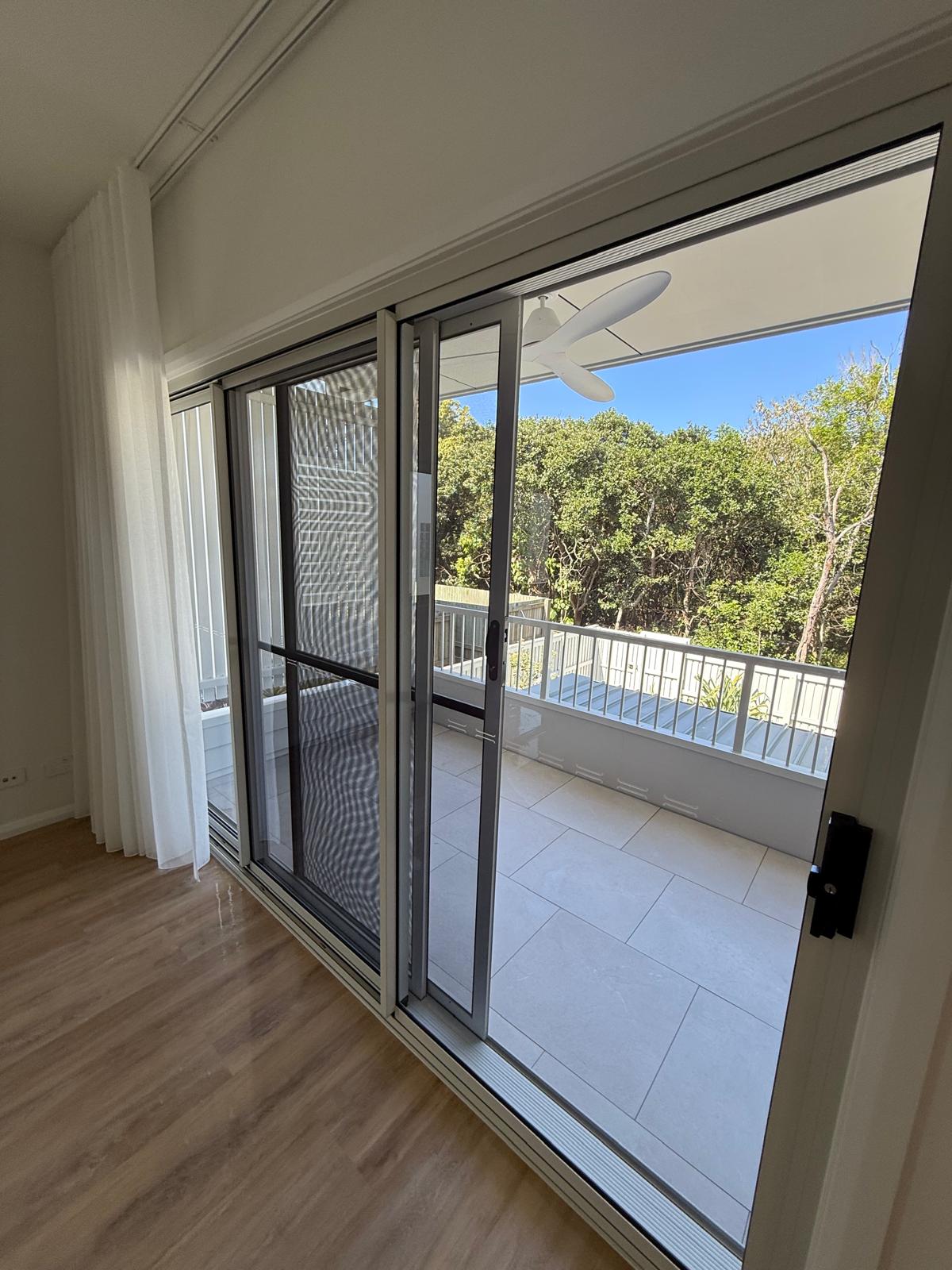Minimalism isn’t sterile rooms or strict rules—it’s about removing what doesn’t serve you so cleaning becomes quick and effortless. Here’s a simple framework to shrink your to-do list, keep your home consistently tidy, and reclaim your weekends.
Why Minimalism Makes Cleaning Easier
-
Fewer objects = fewer surfaces to dust and move.
-
Clear floors speed up vacuuming/mopping.
-
Simpler products reduce decision fatigue.
-
Everything has a home so resets take minutes, not hours.
Internal link idea: Connect “declutter” to your guide — Declutter Fast in One Afternoon.
Step 1: Define “Enough” for Each Room
Decide the minimum that supports your daily life.
-
Kitchen: one set of everyday cookware and utensils; limit duplicates.
-
Bathroom: one open caddy for daily items; the rest goes in a labelled box.
-
Living/Bedroom: seating, lighting, textiles you actually use.
Rule: If it doesn’t have a job or spark joy, it’s auditioning for the donation box.
Internal link idea: Eco Cleaning Essentials We Trust
Step 2: The Four-Bin Declutter Sprint (30–60 mins)
Set a timer and sort with four containers: Keep, Relocate, Donate, Rubbish.
Work clockwise, one surface at a time. Tie off rubbish and place donations in the car immediately.
Anchor link suggestion: Add a downloadable checklist — Minimalist Declutter Sprint (PDF).
Step 3: Build a Minimal Cleaning Kit (3 Products, 6 Tools)
Products: glass cleaner, multi-surface, bathroom disinfectant.
Tools: stick vacuum, spray mop, 2 microfibre cloth colours (kitchen/bath), glass cloth, scrub pad.
Fewer items = faster grabs and fewer storage headaches.
Internal link idea: Regular Cleaning Plans
Step 4: Clean by Sequence, Not Perfection
Follow the same quick loop in every room:
-
Clear (reset surfaces)
-
Spray (let dwell)
-
Wipe (high → low)
-
Floors (vac/spray-mop)
This repeatable sequence keeps momentum and prevents back-tracking.
Step 5: Micro-Zones for Micro-Wins
Instead of “clean the kitchen,” finish these zones:
-
Sink & benches
-
Stovetop & splashback
-
Table & chairs
-
Floor strip (high-traffic)
Each zone finished = visual calm + motivation to continue.
Step 6: Daily 10-Minute Reset (The Minimalist Maintenance)
-
Put items back in labelled homes.
-
Dishes done or into dishwasher.
-
Quick sweep/vac of high-traffic paths.
-
30-second bathroom wipe of basin/taps.
-
Post-shower squeegee to halve weekly scrubbing.
Internal link idea: Speed Clean Checklist
Step 7: The One-In, One-Out Policy
New item comes in? One leaves.
Use container limits (one shelf, one caddy). If it doesn’t fit, something goes.
Step 8: Monthly “One Big Thing”
Pick a single deep task: oven, fridge, shower grout, or windows.
Rotate monthly to keep the baseline high—no weekend marathons.
Internal link idea: Deep Cleaning Services
Minimalist Cleaning Routine (Copy/Paste)
Daily (10 min): reset surfaces, dishes, quick floor sweep, bathroom touch-point wipe
Twice Weekly: full vacuum/mop of living areas, change towels, detail stovetop
Weekly: dust high → low, mirrors, taps, bins out
Monthly (One Big Thing): oven | fridge | grout | windows
When to Call the Pros
Book help when you’re:
-
Moving out or in
-
Facing stubborn mould/soap scum
-
Recovering from renovations
-
Overwhelmed after a busy season
A professional reset returns you to a minimalist baseline fast.
Internal link ideas:
FAQs
Is minimalist cleaning just about owning less?
Mostly—but it’s also about systematising. Fewer items plus a set sequence makes cleaning faster and repeatable.
What if my family isn’t minimalist?
Use container limits (one toy bin, one shelf). Label homes for quick resets and involve kids with a 5-minute “room rescue.”
How many products do I really need?
Three: glass, multi-surface, bathroom disinfectant. Add a specialist product only if a problem recurs (e.g., grout).
How do I stop clutter creeping back?
Daily 10-minute reset, one-in-one-out, and a donation box near the door. Schedule a monthly “One Big Thing.”
Can minimalism work in small apartments?
It shines there—clear floors and multi-use furniture make cleaning dramatically faster.


 Blog
Blog